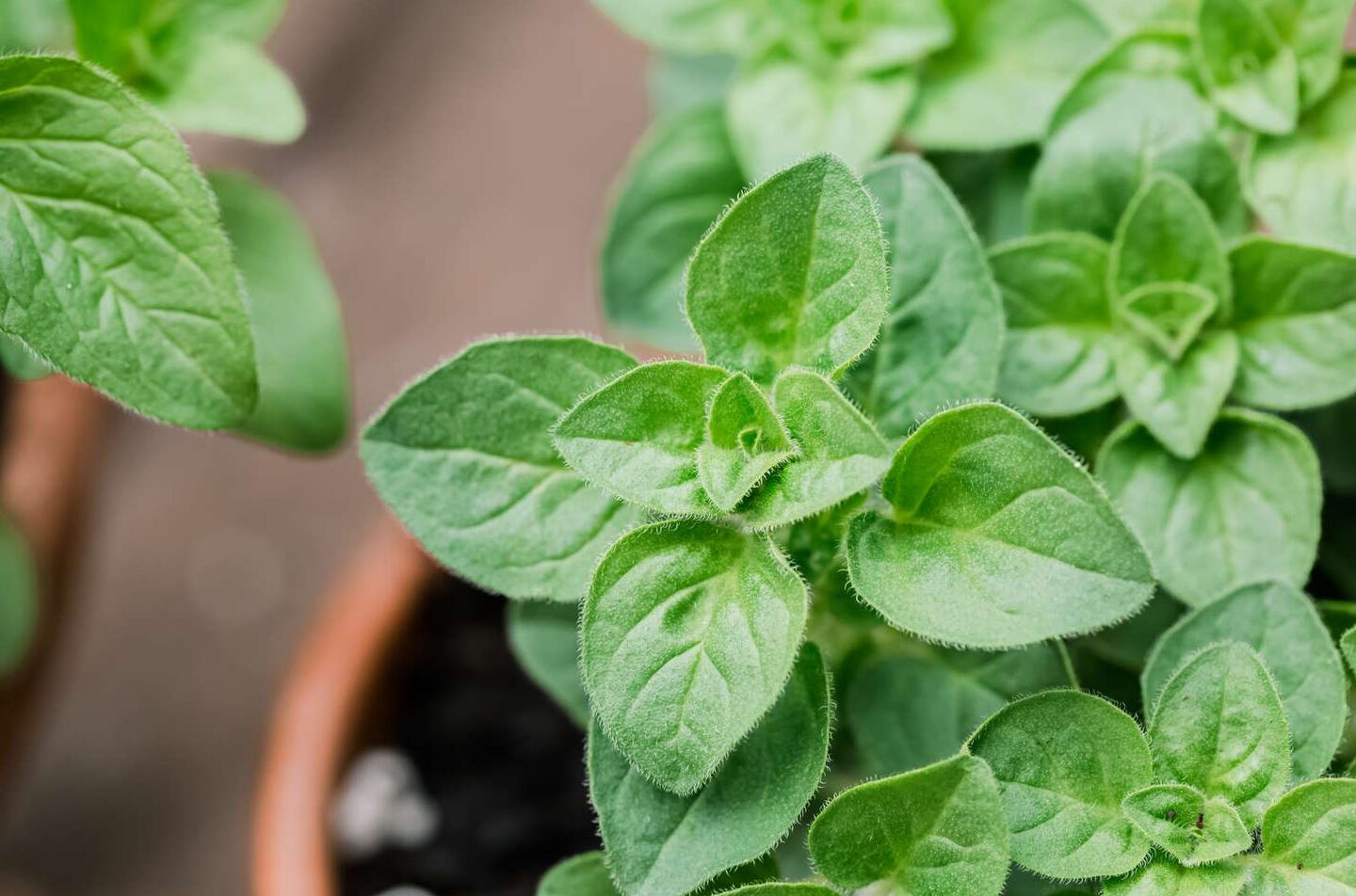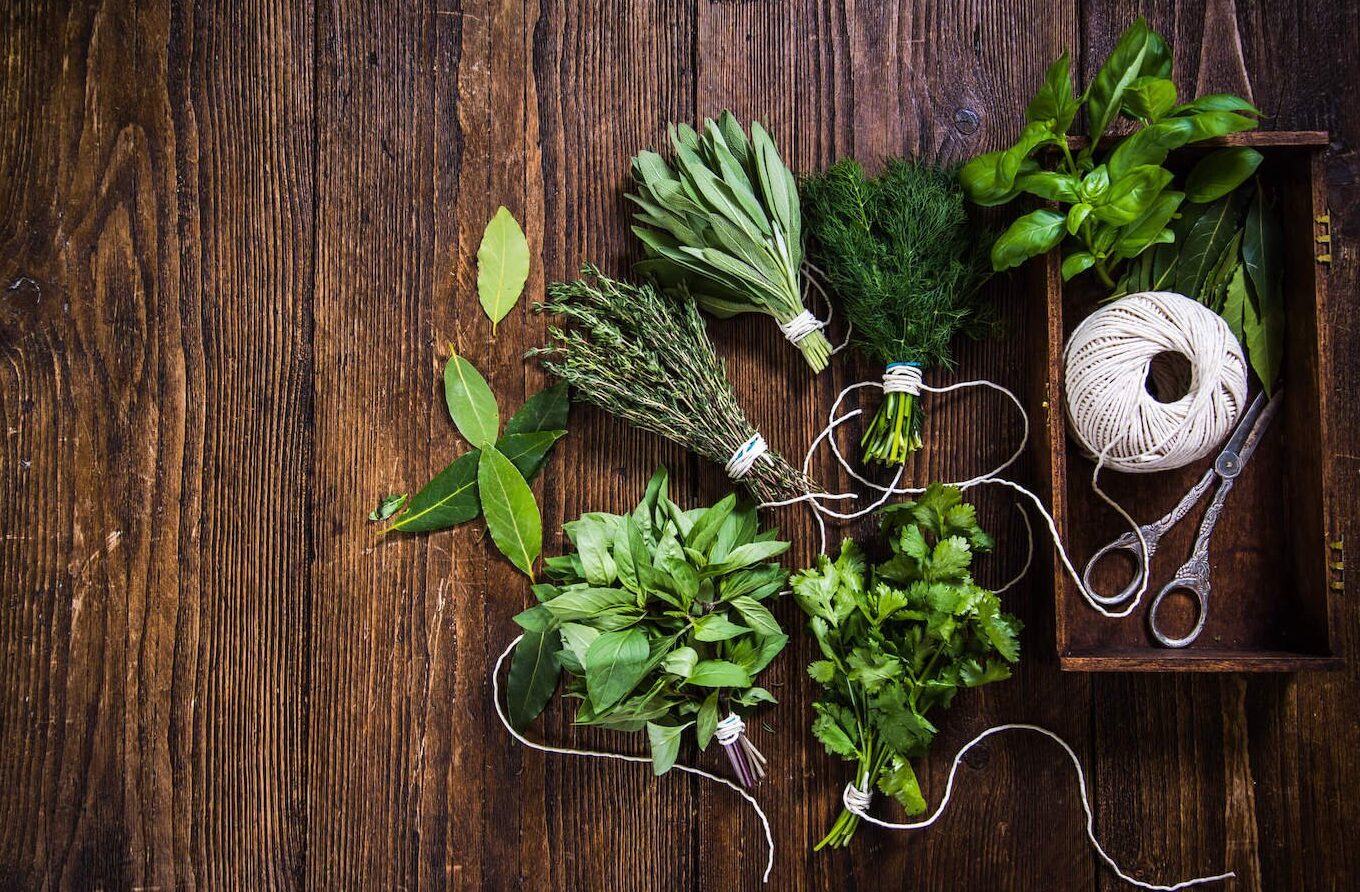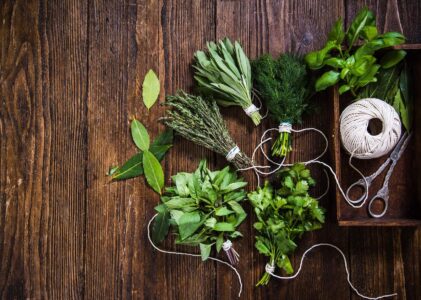Herbs have been used for thousands of years to add flavor and color to all types of meals. Culinary herbs are herbaceous plants that are used for this purpose and are a favorite of many gardeners due to their ease of growth and few insect and disease problems. Herbs can be classified into two categories: culinary herbs and medicinal herbs. Culinary herbs are used primarily for cooking, while medicinal herbs are used for their therapeutic properties. Examples of common culinary herbs include thyme, sage, rosemary, mint, dill, and parsley.
Culinary herbs are an essential component of many traditional cuisines and can add depth and complexity to dishes. Unique cooking styles and flavors are often associated with particular cultures, and certain herbs are a prominent feature of traditional dishes. For example, parsley is a widely used herb in Mediterranean cuisine and is often paired with fish, eggs, rice, and salads. Incorporating herbs into meals not only enhances the flavor of the dish but also provides a range of health benefits.
Using herbs in cooking is an excellent way to add flavor to dishes while also reaping the many health benefits associated with these plants. Herbs are rich in antioxidants, which can help protect against chronic diseases such as cancer and heart disease. Additionally, herbs such as ginger and peppermint have been shown to have anti-inflammatory properties, which can help alleviate symptoms of conditions such as arthritis. Overall, incorporating herbs into one’s diet is an easy and effective way to improve both the taste and nutritional value of meals.
Popular Culinary Herbs and Their Uses
Herbs are a versatile and flavorful addition to any dish, and there are many popular culinary herbs that can be easily incorporated into a variety of recipes. Basil, thyme, and rosemary are three of the most commonly used herbs in cooking. Basil is a staple in Italian cuisine and is often used in tomato-based dishes and pesto sauces. Thyme is a fragrant herb that pairs well with poultry, fish, and vegetables. Rosemary has a strong, woody flavor that complements roasted meats, potatoes, and bread. These herbs are readily available at grocery stores, farmers’ markets, and can even be grown in herb gardens or patio herb gardens.
Oregano, sage, and parsley are also popular culinary herbs that can add depth and complexity to a variety of dishes. Oregano is a staple in Mediterranean cuisine and is often used in tomato-based dishes, as well as in marinades and rubs for meats. Sage has a strong, earthy flavor that pairs well with chicken and pork dishes, while parsley has a bright, fresh taste that is commonly used as a garnish or in salads. These herbs are also readily available at grocery stores and farmers’ markets, and can be grown in herb gardens or patio herb gardens.

Mint, cilantro, and dill are three additional culinary herbs that can add freshness and flavor to a variety of dishes. Mint is often used in desserts, as well as in savory dishes such as lamb or pea soup. Cilantro is a staple in Mexican and Asian cuisine and is commonly used in salsas, guacamole, and curries. Dill has a delicate, licorice-like flavor that pairs well with fish, potatoes, and cucumbers. These herbs can be found at grocery stores and farmers’ markets, and can also be grown in herb gardens or patio herb gardens. Incorporating these popular culinary herbs into your cooking can elevate the flavor of your dishes and add a fresh, healthy element to your meals.
How to Grow and Store Culinary Herbs
Growing culinary herbs is a wonderful way to add fresh, flavorful ingredients to your cooking. Whether you have a garden bed or just a small balcony, growing herbs in pots or containers is an easy and rewarding way to start your own herb garden. Herbs such as basil, mint, and rosemary are easy to grow and maintain, and can be used in a variety of dishes. Container gardening is also a great option for those with limited space, as it allows for easy mobility and flexibility in choosing the right location for your herbs. With a little bit of care and attention, you can grow your own delicious herbs right at home.

Harvesting and drying herbs is an important part of the process of using fresh herbs in your cooking. When harvesting herbs, it is important to avoid bruising the leaves and to rinse them in cool water before gently shaking off any excess moisture. Drying herbs is a simple way to preserve the flavor and aroma of your herbs for later use. There are a variety of methods for drying herbs, including air drying, oven drying, and using a dehydrator. Once dried, herbs can be stored in airtight containers for later use.
Proper storage is essential for maintaining the freshness and flavor of your herbs. Fresh herbs can be stored in a damp towel or plastic bag in the refrigerator for a couple of weeks. Dried herbs can maintain their flavor for up to six months when stored in an airtight container in a cool, dry location. To ensure longevity, it is important to keep your herbs away from excess moisture and sunlight. By following these tips for growing, harvesting, and storing herbs, you can enjoy the culinary wonders of fresh herbs in your cooking all year round.
Creative Ways to Use Culinary Herbs in Cooking
Culinary herbs are a versatile ingredient that can be used in a variety of ways to add flavor and depth to dishes. One creative way to use herbs in cooking is by incorporating them into marinades and dressings. Herbs such as thyme, rosemary, and sage can add a savory and earthy flavor to meat marinades, while herbs like basil and cilantro can add a fresh and bright flavor to salad dressings. By experimenting with different herb combinations, one can create unique and flavorful marinades and dressings that take their dishes to the next level.
Another way to use herbs in cooking is by incorporating them into baking and desserts. Herbs like rosemary and lavender can add a fragrant and floral flavor to baked goods, while herbs like mint and basil can add a fresh and herbaceous flavor to desserts like fruit salads and sorbets. Using herbs in baking and desserts can add a unique twist to classic recipes and make them more interesting and flavorful.

Herbs can also be infused into beverages and cocktails to add a unique flavor profile. Herbs like mint and basil can add a refreshing and herbaceous flavor to cocktails, while herbs like rosemary and thyme can add a savory and earthy flavor to drinks like gin and tonics. Infusing herbs into beverages can also have health benefits, as many herbs are known for their healing properties. By experimenting with different herb combinations, one can create unique and flavorful beverages that are perfect for any occasion.

